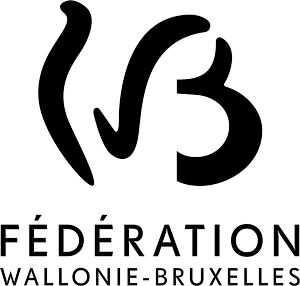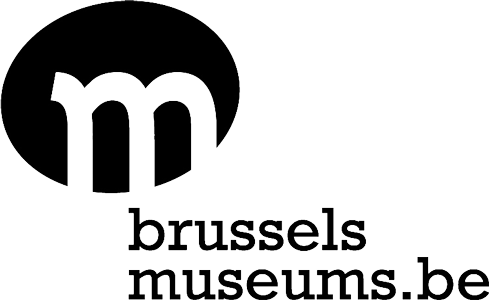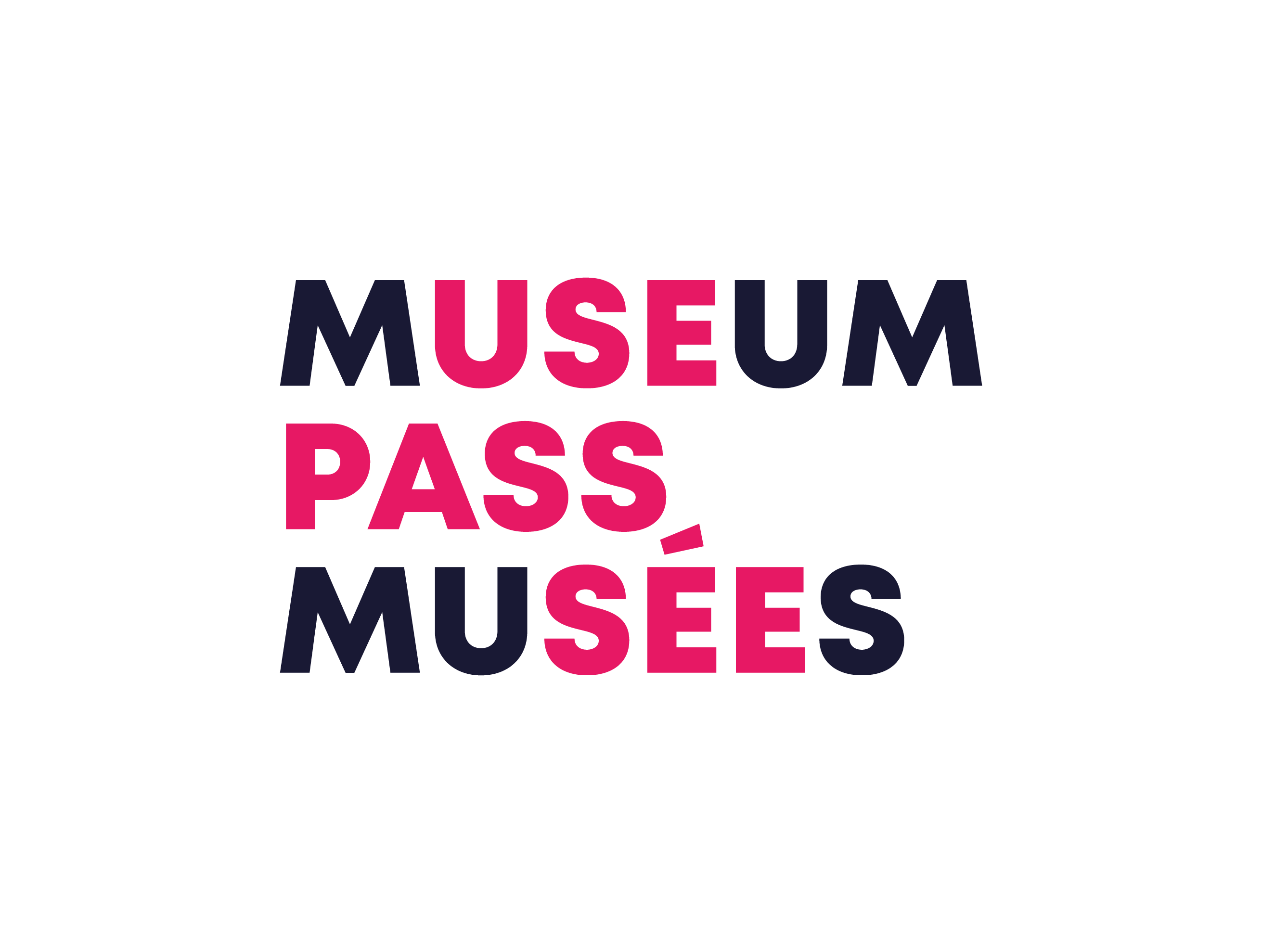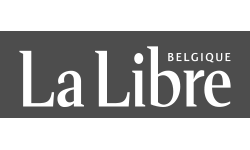Antoine Waterkeyn‘s artistic practice manifests itself in the perpetual writing and rewriting of plots and narrative constructions. He plays with archetypes and characters from famous novels or from our collective memory. In his works, the narrative is deliberately left open to interpretation.
For his exhibition at CENTRALE | vitrine, Antoine Waterkeyn presents an installation of larger-than-life painted figures. The artist is inspired by the character of the monstrous figure in Mikhail Bulgakov’s Heart of a Dog and the Court of Miracles (La Cour des miracles) in Victor Hugo’s Notre-Dame de Paris. Based on these stories, Waterkeyn imagines a Eurovision competition for intellectuals, bringing together the winners of an atypical, little-awarded category: a collection of anti-heroes and villains from popular culture.
The artist takes us back to the marginalized figures of the Court of Miracles in the Middle Ages: beggars, hoodlums, vagabonds posing as cripples in the streets of Paris to deceive passers-by. As if by a miracle, at nightfall, they suddenly start walking normally, or regain their sight or the use of their limbs.
By gathering these iconic characters, Antoine Waterkeyn pays tribute to the anti-heroes of his collection. In this way, the artist holds up an inverted mirror of today’s dominant society to the passers-by of the Sainte-Catherine Street.
― Where am I? cried the affrighted poet.
― In the Cour des Miracles, replied a fourth spectre. who had joined them.
― Miracles, upon my soul, rejoined Gringoin, for here are blind who see and lame who run.
A sinister laugh was their only answer.
The poor poet cast his eyes around him. He was actually in that dreaded Cour des Miracles, into which no honest man had ever penetrated at such an hour; a magic circle, in which the officers of the Chatelet and the sergeants of the provost who ventured within it were disposed of in a trice; the haunt of thieves; a hideous wen on the face of Paris; a sewer disgorging every morning and receiving every night that fetid torrent of vice, mendicity, and roguery which always overflows the streets of great capitals;
a monstrous hive to which all the drones of the social order retired at night with their booty; the hospital of imposture where the gypsy, the unfrocked monk, the ruined scholar, the blackguards of all nations, Spaniards, Italians, Germans, of all religions, Jews, Christians, Mohammedans, idolaters, covered with painted wounds, beggars by day, transmogrified themselves into banditti at night; immense robing-room, in short, whither all the actors of that eternal comedy which theft, prostitution, and murder are performing in the streets of Paris, resorted at that period to dress and undress.
Victor Hugo, Notre-Dame de Paris (1831), extract
Exposition
CENTRALE | vitrine
Rue Sainte-Catherine 13
1000 Brussels
Visible day & night
























